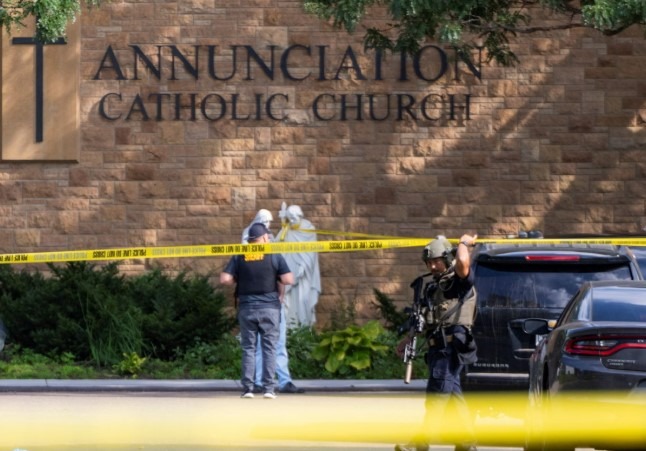
Understanding the Rise of Violence in Schools
The recent tragic event—a mass shooting at a Catholic school in Minneapolis—highlights an alarming and ever-growing concern: gun violence in educational institutions. As parents and communities grapple with the aftermath, it raises questions about safety measures and mental health support within schools. This incident follows many others across the U.S., reinforcing fears about school safety and igniting discussions on the need for effective action.
The Bigger Picture: Violence and Its Impact on Education
When examining the rise in gun-related incidents in schools, one must delve into socio-economic factors, mental health awareness, and community engagement. Studies suggest that greater emphasis on providing robust mental health resources and creating supportive school environments can not only help prevent violence but also address the root causes of such discontent among students. It's essential to foster open conversations about these issues, not just among policymakers but in our schools, homes, and communities.
Restoring Confidence: The Role of Neighborhood Checks
Amidst discussions on violence, the U.S. government's decision to resume 'neighborhood checks' for citizenship applications adds another layer to the current socio-political climate. These checks aim to ensure a thorough vetting process for applicants, ensuring safety and compliance with national regulations. However, many are concerned about how these measures could lead to discrimination or unfair profiling, impacting the very communities that are scrambling for security against violence.
Calls for Legislative Action: Addressing the Gun Control Debate
The shootings have rekindled the gun control debate once more. Advocates argue for stricter regulations around gun ownership and access while opponents cite the right to bear arms as a fundamental freedom. Finding a harmonious balance between personal liberty and communal safety continues to challenge lawmakers in Washington and at state levels.
A Community-Built Response: Proactive Measures
What role can communities play in combatting violence? Building strong community ties, fostering inclusive environments, and providing support systems are key strategies that can contribute to both prevention and recovery after incidents of violence. Community organizations and local governments need to bridge gaps, actively engage citizens, and communicate effectively to raise awareness about the resources available for families and individuals affected by such events.
The Takeaway: A Call for Unity and Understanding
The events unfolding in Minneapolis serve as a critical reminder of the work ahead of us. In the face of despair, it is vital that we galvanize community spirit, focus on education reform, mental health support, and thorough legislative actions that protect our schools and families. Furthermore, embracing dialogue about gun safety, immigration measures, and the emotional well-being of students can lay the groundwork for a safer future, one where tragedies such as this become a rarity rather than a statistic.
Taking Action: As engaged citizens, it’s our responsibility to stay informed and advocate for necessary changes in our communities. Awareness leads to dialogue, and dialogue leads to action. Share your thoughts on school safety and community support initiatives in local forums and social media platforms. Together, there is hope for a future with safer schools and communities.
 Add Element
Add Element  Add Row
Add Row 



Write A Comment